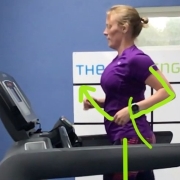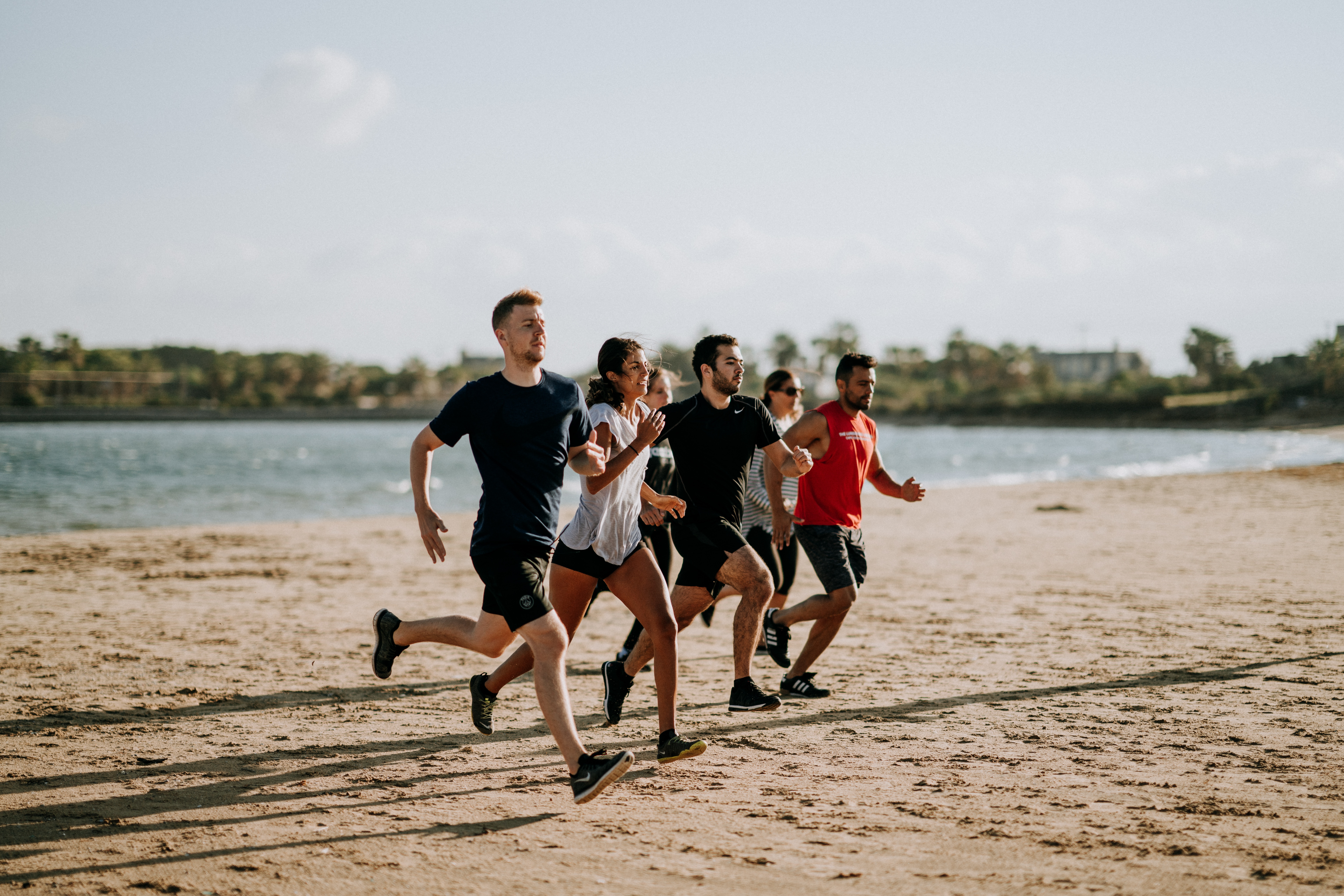Is there a correct way to run?
If you watch people running in the park, you will see a wide range of running techniques, from foot placement to body positioning and arm swing, among many other variations.
Several aspects of running biomechanics are looked at during a run analysis. Although there is not necessarily a set right or wrong way to run, having an in-depth analysis of your run syle, and working on the subsequent drills provided, can help to…
- optimise your running
- help you to increase your run speed
- reduce the risk of injury
- simply make running feel easier
One of the factors examined during a run analysis is arm swing.
Why is arm swing so important?
- Helps to stabilise your body. As your run, forces are generated in several planes of movement. The swinging of your arms helps to counteract rotational forces generated through your spine by your legs, allowing you to travel forward more efficiently.
- Increases the amount of propulsion. As your left leg extends behind you past the toe off phase, your right arm swings backward. This increases activation of the posterior muscular sling, keeping your balance but also generating more power to move forwards.
How should your arms swing?
- Try to keep arms driving forward and backward. Think “pocket to socket”, moving your hand from your trouser pocket, up toward your shoulder socket.
- Don’t allow your hands to cross your midline. You want your arm swing to aid forward propulsion, not to be overly rotating your upper body.
- Keep your shoulders and hands relaxed. This allows your arms to swing smoothly and freely.
CLICK HERE to find out more details about our running analysis service and to book your assessment.




